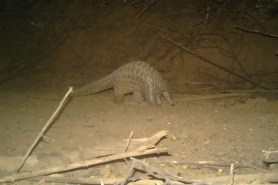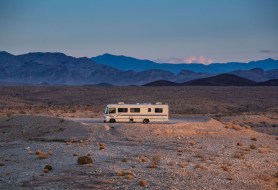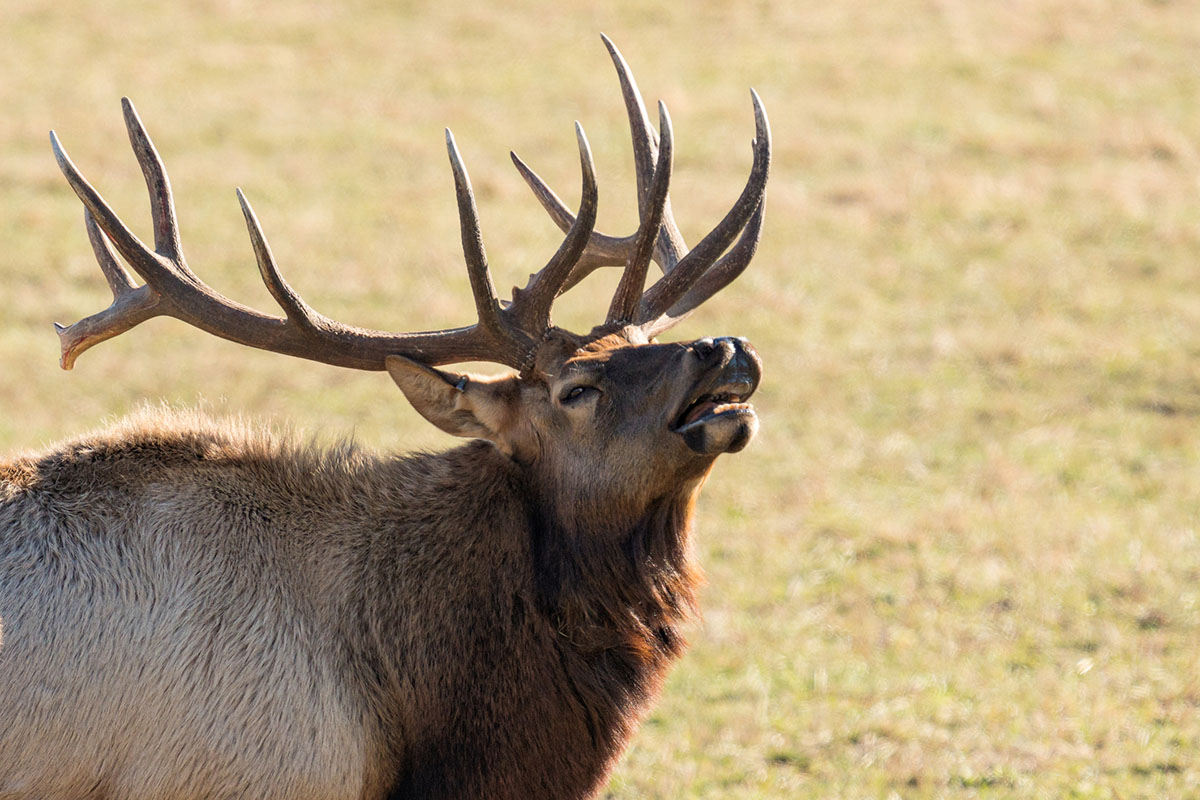

While we delight in the slower pace of fall, the cooler weather, the changing of the leaves, and football on TV, animals are busily preparing for the winter. From gathering food to migrating south, animals go through some big changes during the autumn months as they adapt to the changes in weather, food availability, and landscape. My family’s favorite fall behavior is the rut.
Videos by Outdoors with Bear Grylls
Experiencing the Rut First-Hand
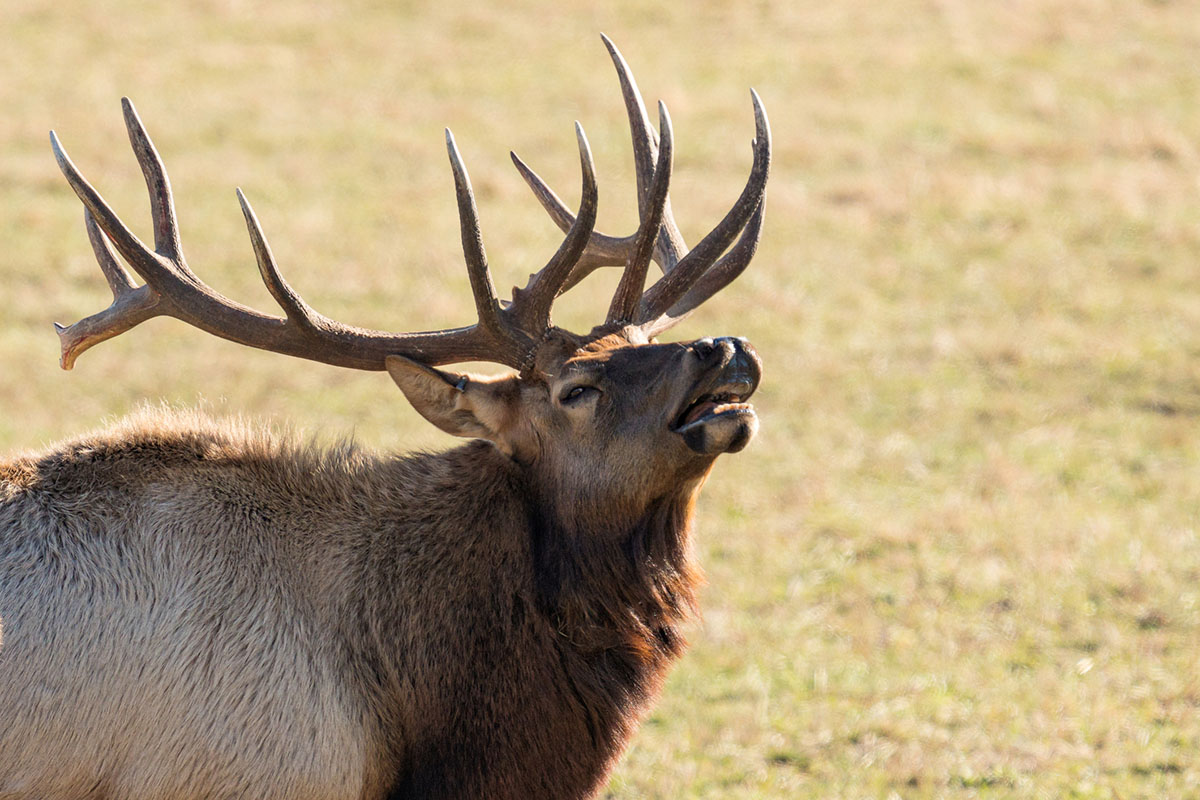
While all animals in the deer family, including moose and mule deer, go through the rut each fall, none is quite as impressive as the elk (wapiti). A bugle, the guttural sound a male makes throughout the rut season, can be heard beginning at the end of August through October.
The bugle itself changes throughout the rut. As bull elk shed their velvet, they bugle short high sounds to locate females (cows) within distance and communicate with other bulls. As daylight shortens, the call changes in both sound and meaning. The short bugle becomes louder, longer, and more frequent. Sometimes referred to as more of a “scream,” this call establishes territory and dominance. This call is most often bull to bull, but a cow knows that it means to stay close to her chosen bull.
It was in search of hearing this noise in person that brought me, my husband, and our then four-year-old daughter to Rocky Mountain National Park during rut season for the first time back in 2017. Ever since that first early-morning experience of hearing bull elk going back and forth with each other across the mountainside, we have headed to the park yearly to watch the machismo and delight in the bellows. Seeing a male stand his ground, corralling his group of females while another male approaches is nature at its finest.
The calls of bulls in the middle of the night while snuggled in a tent in early September, the sound of a bugle carrying through the valley while on a hike, bulls chasing females back to the herd, two bulls fighting over a cow—we have experienced all these memorable moments within the park. But nothing can replace that first experience and the delight when we heard that first call.
The rut is just one interesting animal behavior to watch out for this fall while you’re exploring the outdoors. Here are a few more.
Migration
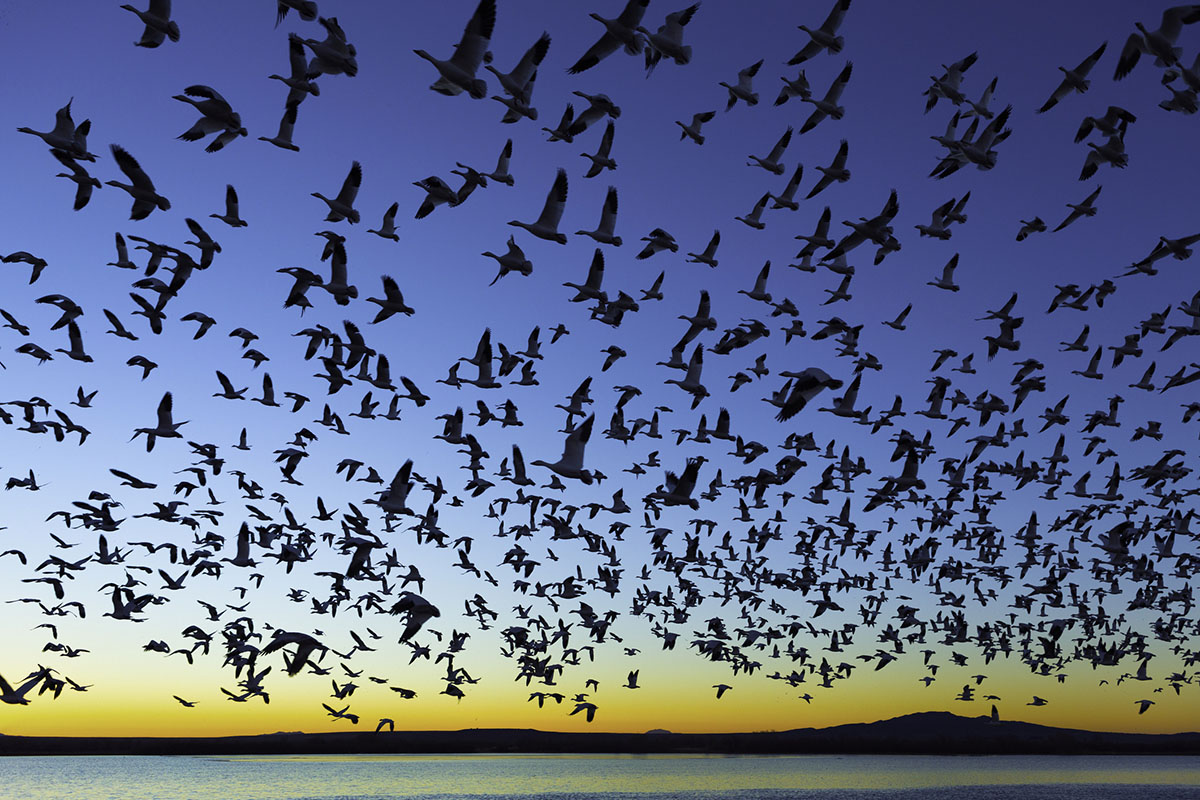
Migratory birds begin their journey south for the winter in the fall months. Some birds head straight south, while some make stops during the long journey. If you notice different birds in your area during autumn that seem to only make a short stay, it’s probably a species that needs to stop for rest, eat, or even molt. For instance, eared grebes flock to the Great Salt Lake in Utah, while warblers stop to rest in cottonwoods while the leaves turn bright yellow.
Some animals are nomadic migrators that move seasonally but not over long distances. If you are spending time outdoors, you may see these animals making their journey to warmer climates.
Pronghorn migrate to lower elevation areas, along with mule deer and elk, for milder weather and more access to food during the winter. American bison often migrate south for more open areas for grazing.
Hyperphagia and Food Intake
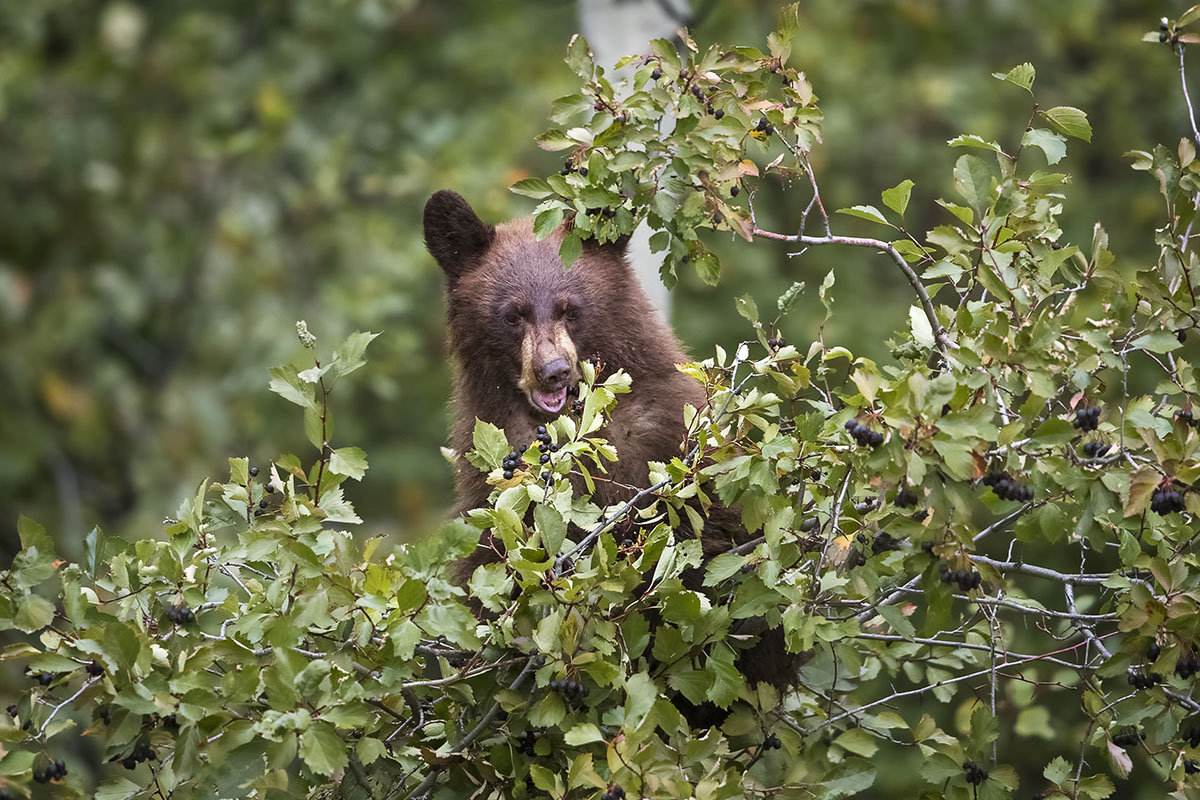
In North America, bears begin hyperphagia in preparation for winter sleep or “torpor.” This means they drink and eat as much as possible throughout the day. While bears are most active in the early morning and late evening hours in spring and summer, during the fall, they are more active throughout the day, meaning there are more chances for sightings. For this reason, it is important to be extra diligent with food and trash, making sure it is stored and disposed of properly.
You may see other mammals, including marmots and woodchucks, hunting for food throughout the day during these transitional months. These animals are also trying to build up reserves of fat within their bodies to help get them through the cold months.
Animals like mule deer that stay active during the winter also tend to eat more food before the season sets in to build up energy reserves. This allows them to be more sedentary, lower their heart and respiratory rates, and conserve heat as they battle the elements of winter.
Scatter-Hoarding and Larder-Hoarding
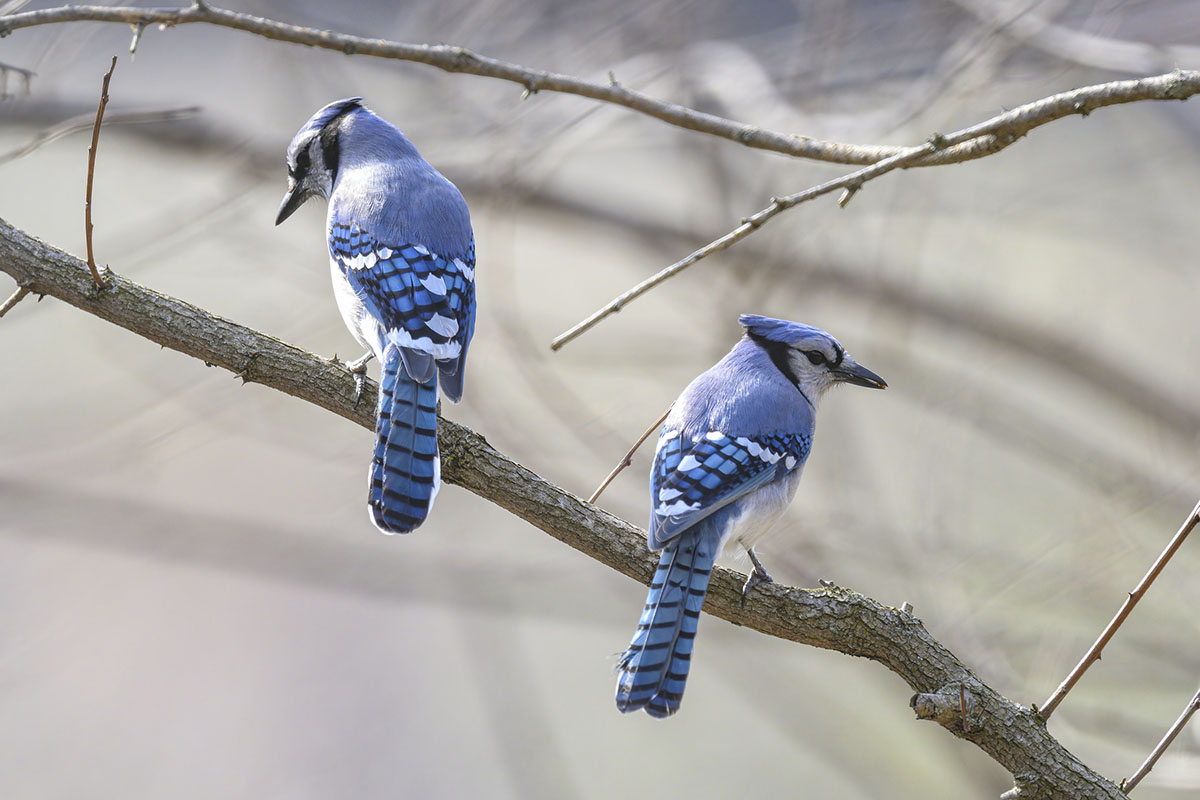
Scatter-hoarding refers to the act of spreading food items across many hiding places. Birds and small mammals use this technique to make sure they do not go hungry over the cold months when food is scarce. Squirrels are notorious for taking nuts and hiding or burying them.
Blue jays are also known to use a wide area of space to scatter acorns—sometimes as far as a mile long. Scatter-hoarding is also helpful for germination and seed dispersal, allowing for plant populations to continue to thrive and stay healthy.
Larder-hoarding is when an animal puts food items in one place for consumption at a later time. Larder-hoarding animals will bury their food stores to hide it from other animals. Food stores are often near where the animal calls home, like its nest or burrow.
Winter Coats

Animals that do not hibernate or migrate in any form go through a change in coat to help them survive the winter. These changes typically begin in October, peaking in November, depending on altitude and climate. There are two benefits to changing to a winter coat. The first is that these coats are often a lighter color than summer coats. For animals like the arctic fox and snowshoe hare, their white winter coats help camouflage the mammals from predators. It also is beneficial for the animals to blend in when they are on the hunt for their own food.
Mammals, including bison, deer, and moose, grow a thicker multi-layer coat during the winter. The underlayer (underfur) is thick and provides much-needed insulation from the snow and cold temperatures. Guard hairs grow on top of the underfur to provide a waterproof layer and to protect the underfur from wear and tear.
The transition from summer to winter is a big one for the animal kingdom. For outdoor lovers, fall is for more than just foliage; it’s for observing the incredible changes taking place among the wildlife in whatever area you’re exploring. Which transition is your favorite to observe?


